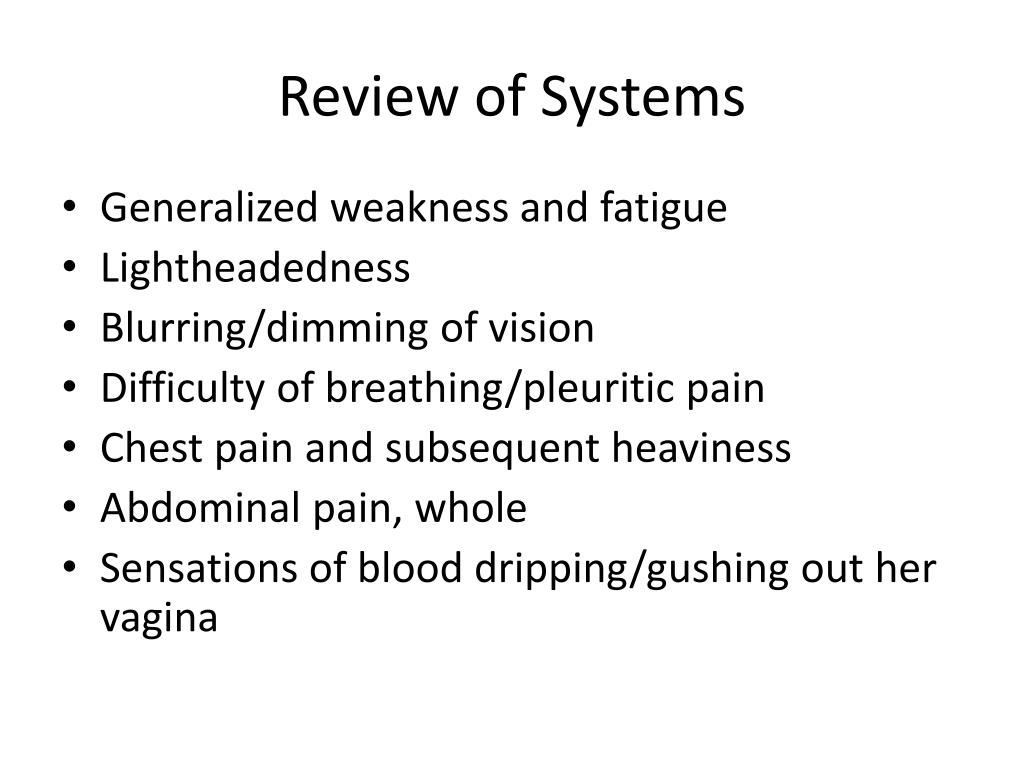
Separate concurring opinions were filed by Justices Frank Murphy and Owen Roberts. On December 18, 1944, the Court offered its unanimous ruling in favor of Endo. Oral arguments were heard on October 12, 1944. Supreme Court, at which point the latter took upon itself to review the case as though Purcell appealed to it in the first place. On April 22, 1944, the Circuit Court filed a certificate of questions of law with the U.S. After nearly a year, the Northern California Federal District Court dismissed the petition without explanation, and Purcell appealed Endo's case to the Ninth Circuit Court of Appeals.

In this case, justices ruled unanimously that the War Relocation Authority has no authority to subject citizens who are concededly loyal to its leave procedure.Apr 27, 2021. In the interim, a petition for a writ of habeas corpus was filed on her behalf by James Purcell, an attorney hired by the Japanese American Citizens League. The prison camps ended in 1945 following the Supreme Court decision, Ex parte Mitsuye Endo. Endo complied with the exclusion order and was relocated first to the Tule Lake War Relocation Center in Newell, California, and subsequently to the Central Utah Relocation Center in Topaz, Utah. 52, which ordered the evacuation of "all persons of Japanese ancestry, both alien and non-alien" from the city. Mitsuye Endo was an American-born Californian of Japanese descent who was living and working as a state employee in Sacramento in May 1942, when DeWitt issued Exclusion Order No.
#Ex parte mitsuye endo decision series
DeWitt issued a series of orders that coordinated the initial detention and relocation of the evacuees, who were then subject to the War Relocation Authority (WRA), an executive branch agency created by a separate executive order in March 1942 to maintain the internment camps, isolate "loyal" and "disloyal" evacuees, and establish procedures for enabling the former to leave the detention camps and resettle in communities outside the coastal areas from which they had been evacuated. Following an executive order authorizing the exclusion of "any and all persons" from designated military areas, Lieutenant General John L.

The Endo case grew out of the Japanese Internment, a federal government-sponsored program to relocate American denizens of Japanese descent from the Pacific Coast to internment camps in the interior of the United States to prevent espionage during World War II. 4 Aftermath, significance, and implications.


 0 kommentar(er)
0 kommentar(er)
